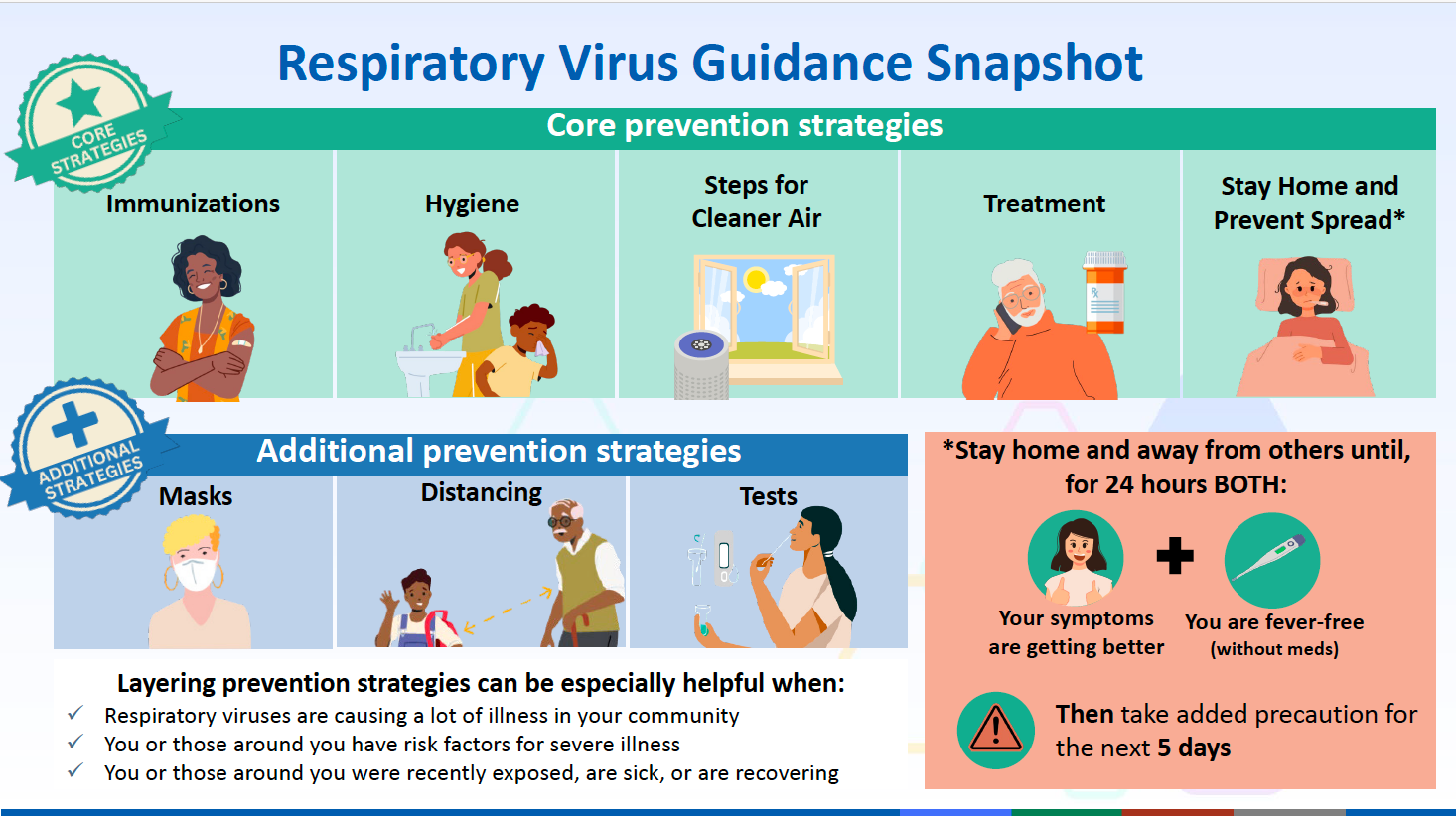
HMPV: Understanding the Resurgence of China's New Respiratory Virus
HMPV, or human metapneumovirus, has remerged as a prevalent respiratory infection in China, causing significant concern among healthcare professionals and the public. This article explores the complexities of HMPV, examining its resurgence, clinical manifestations, and the challenges it poses to the healthcare system.
The Resurgence of HMPV
After a period of decline in the early 2000s, HMPV has made a noticeable resurgence in China since 2009. Multiple factors have contributed to this trend, including increased urbanization, changes in climate, and the easing of COVID-19 restrictions.
HMPV is highly contagious and spreads through close contact with infected individuals or contaminated surfaces. Children under the age of two are particularly susceptible to infection, with the majority of severe cases occurring in infants less than six months old.
Clinical Manifestations and Treatment
HMPV typically presents as an upper respiratory tract infection with fever, cough, and runny nose. In severe cases, it can progress to lower respiratory tract infections such as pneumonia, bronchiolitis, and croup.
There is no specific antiviral treatment for HMPV. Treatment is primarily supportive and includes rest, fluids, and oxygen therapy in severe cases. Antiviral medications are not effective against HMPV and should not be used.
Challenges to the Healthcare System
The resurgence of HMPV has posed significant challenges to the healthcare system in China. Hospitals have been overwhelmed with an influx of pediatric patients, leading to shortages of beds and medical staff.
The high hospitalization rate and prolonged stay of HMPV patients have put a strain on healthcare resources. Additionally, the potential for misdiagnosis with other respiratory viruses, such as RSV and COVID-19, further complicates treatment decisions.
Prevention and Control
Preventing and controlling the spread of HMPV is crucial for reducing its impact on the healthcare system. Public health measures such as frequent handwashing, respiratory hygiene, and staying home when sick are important.
Vaccination has shown promise as a potential preventive measure against HMPV. Clinical trials are currently underway to evaluate the safety and efficacy of HMPV vaccines. However, widespread availability of these vaccines is not yet expected.
Research and Future Directions
Ongoing research is essential to fully understand the complexities of HMPV and develop effective preventive and treatment strategies. Studies are focusing on the epidemiology, pathogenesis, and molecular characteristics of the virus.
Researchers are also exploring the potential for combination therapies, including antiviral medications and antibody-based treatments, to improve outcomes in severe HMPV cases.
Conclusion
The resurgence of HMPV in China underscores the importance of surveillance and preparedness for respiratory viruses. Understanding the unique features of HMPV, its clinical manifestations, and the challenges it poses to the healthcare system is essential for effective management and prevention.
Collaboration between public health authorities, healthcare professionals, and researchers is crucial to developing evidence-based strategies to mitigate the impact of HMPV and ensure the health of the population.

0 Comments: